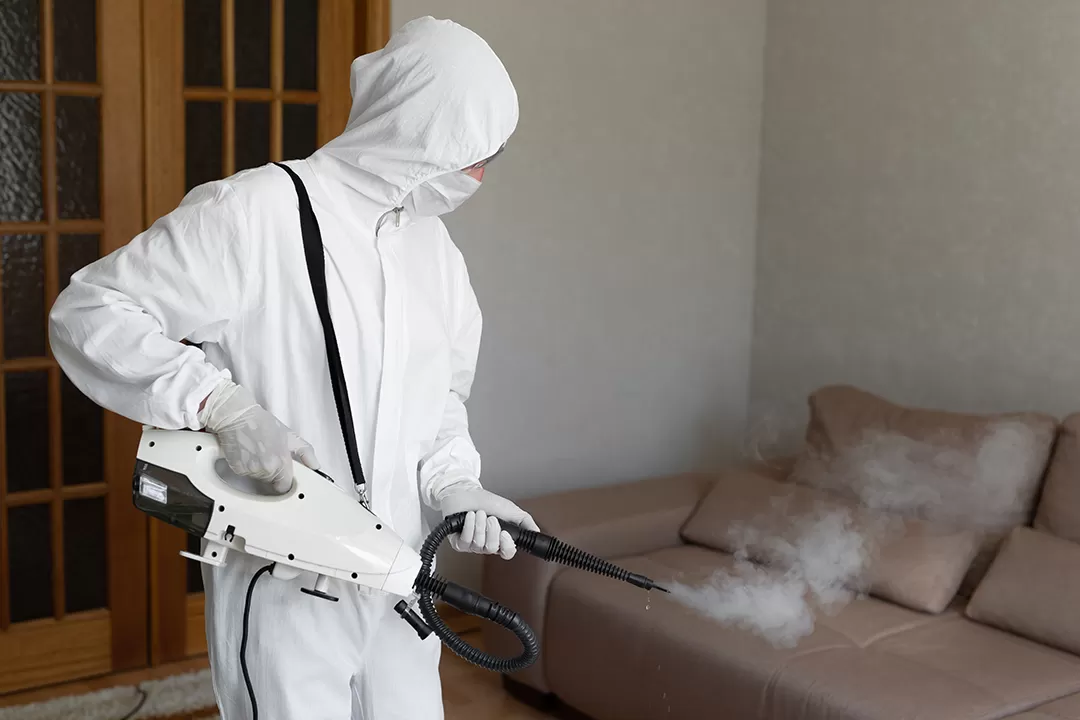Singapore is renowned for its vibrant culinary scene, with countless food establishments catering to locals and tourists alike. However, with such a dense concentration of restaurants, cafes, and food stalls, the city-state also faces challenges related to pest control, particularly when it comes to rat control.
Rats can not only damage property and food supplies but also pose serious health risks. In this blog, we will explore the measures that Singapore food establishments should take for effective rat control, ensuring a clean and safe dining experience for customers.
Measures for Rat Control in Singapore Food Establishments
Understanding the Rat Problem
Before implementing any measures, it’s crucial for food establishments in Singapore to understand the signs of a rat infestation and the extent of the rat problem they might be facing. This can be done through regular inspections and monitoring:
Routine Inspections:
Conduct routine inspections of the premises to identify signs of rat activity. Look for droppings, gnawed items, and nests.
Monitoring Devices:
Install rat traps and monitoring devices strategically throughout the establishment to gauge the severity of the issue and track progress.
Professional Assessment:
Consider hiring a professional pest control expert to conduct a thorough assessment of your establishment. They can provide insights into potential problem areas and recommend specific measures.
Environmental Factors:
Analyse the environmental factors that may attract rats. Factors such as nearby construction sites, drainage issues, or neighbouring establishments with poor pest control can contribute to rat problems.
Maintain Cleanliness and Hygiene
One of the primary reasons rats are attracted to food establishments is the presence of food debris and poor sanitation. Maintaining cleanliness and hygiene should be a top priority:
Regular Cleaning:
Develop a cleaning schedule that includes daily, weekly, and monthly tasks to ensure all areas are thoroughly cleaned. Maintain detailed cleaning logs to track when and how various areas were cleaned. This helps ensure consistency in cleaning practices.
Waste Management:
Properly store and dispose of waste, including food scraps. Keep garbage bins tightly sealed and emptied regularly. Ensure that floor drains are cleaned regularly and equipped with proper covers to prevent rats from entering the establishment through the drainage system. Also, regularly clean and maintain grease traps, as accumulated grease can be a food source for rats.
Kitchen Hygiene:
Enforce strict kitchen hygiene practices, including the regular cleaning and sanitisation of food preparation areas. If chemicals are used for cleaning, ensure that staff are trained in their safe and responsible use. Store chemicals securely to prevent access by rats.
Employee Training:
Train staff on the importance of cleanliness and rat prevention measures. Develop an emergency response plan for addressing any pest-related incidents promptly and effectively.
Seal Entry Points
Rats can find their way into establishments through even the tiniest openings. It’s essential to identify and seal entry points to prevent their entry:
Caulking and Sealing:
Inspect walls, floors, and ceilings for gaps and cracks. Seal these openings with caulking or other appropriate materials.
Vent Covers:
Install secure covers or screens on all vents, including exhaust and intake vents, to prevent rats from gaining access.
Weather Stripping:
Put proper weather stripping on doors and windows to create a tight seal. Rats can squeeze through surprisingly small gaps.
Check for Hidden Access:
Don’t overlook hidden entry points, such as gaps under doors, broken windows, or utility entry points that may be less visible.
Inspect Outdoor Areas:
Examine the exterior of the building, including the foundation, for any potential entry points. Rats may dig burrows or find weaknesses in the building structure.
Rooftop Access:
Ensure that rooftop access points, such as access hatches and ventilation systems, are properly sealed and secured to prevent rats from climbing into the building.
Garage and Loading Docks:
If your establishment has a garage or loading dock, pay close attention to the doors and loading bay entrances. Use durable weather seals to prevent rat entry.
Proper Food Storage
Rats are naturally drawn to food sources. Therefore, it’s vital to store food items properly to deter their access:
Sealed Containers:
Store all food items in sealed, airtight containers to prevent rats from contaminating them.
Elevate Storage:
Elevate food storage units at least 18 inches above the ground to make it harder for rats to access.
Regular Inventory Checks:
Conduct regular inventory checks to identify and discard any expired or spoiled food items that may attract rats.
Pest Control Professionals
While some preventive measures can be managed in-house, it’s often best to enlist the services of pest control professionals:
Regular Pest Inspections:
Schedule regular inspections by a licensed pest control company to assess the rat situation and implement necessary treatments.
Rodent-Proofing:
Work with pest control experts to establish a rodent-proofing plan, which may include the installation of bait stations and traps.
Safe Chemical Treatments:
If required, use safe and approved chemical treatments to eradicate rats. Ensure these treatments are applied by trained professionals. Using Integrated Pest Management methods would be the best bet to ensure rats and other pests don’t enter your food establishment.
Educate Staff and Customers
Rat control isn’t solely the responsibility of management. Employees and customers also play a crucial role:
Staff Training:
Educate your staff on rat control measures and the importance of reporting any signs of rat activity promptly.
Customer Awareness:
Display educational materials about rat control in visible areas to inform customers about your commitment to hygiene and rat prevention.
Landscaping and Outdoor Areas
Food establishments with outdoor seating or gardens should also consider these areas for rat control:
Landscaping Maintenance:
Keep outdoor areas well-maintained, removing overgrown vegetation and debris that may serve as hiding spots for rats.
Regular Cleaning:
Clean outdoor seating areas, patios, and gardens regularly to eliminate food sources and nesting opportunities.
Reporting and Compliance
In Singapore, there are specific regulations and reporting requirements for pest control. Ensure your establishment complies with these regulations:
NEA Guidelines:
Familiarise yourself with the National Environment Agency (NEA) guidelines on pest control and food hygiene.
Prompt Reporting:
Report any rat infestations promptly to the NEA and cooperate fully with their inspections and recommendations.
Conclusion
Rat control in food establishments is not just a matter of compliance; it’s essential for the safety and reputation of your business. By implementing the measures mentioned in this blog, you can significantly reduce the risk of rat infestations and create a clean and hygienic environment for both your staff and customers.
Remember that ongoing vigilance and a commitment to rat prevention are key to maintaining a rat-free establishment in Singapore’s bustling culinary landscape. So, engage an experienced pest control company to help get rid of any rat infestation as well as implement suitable measures to keep them at bay.







